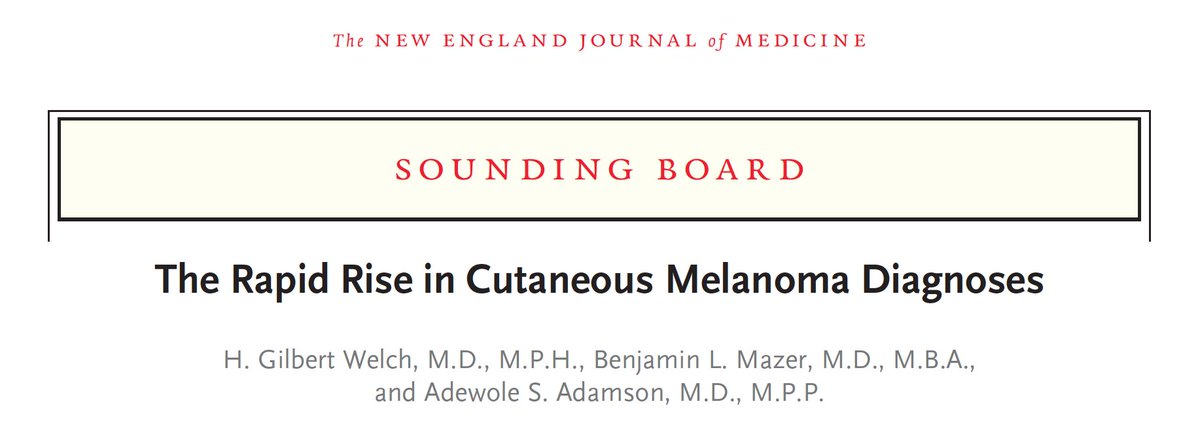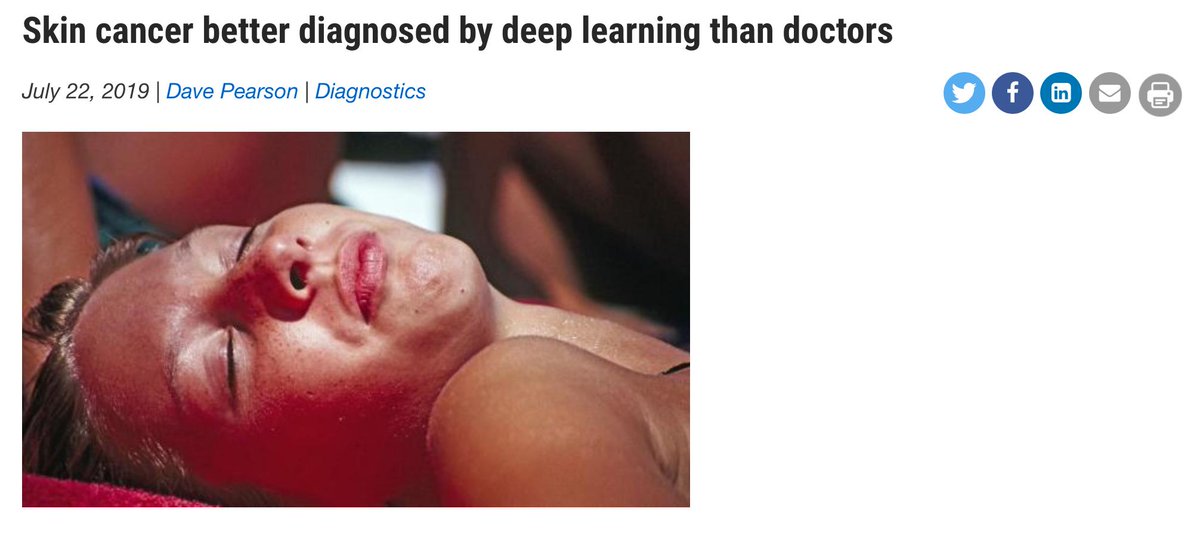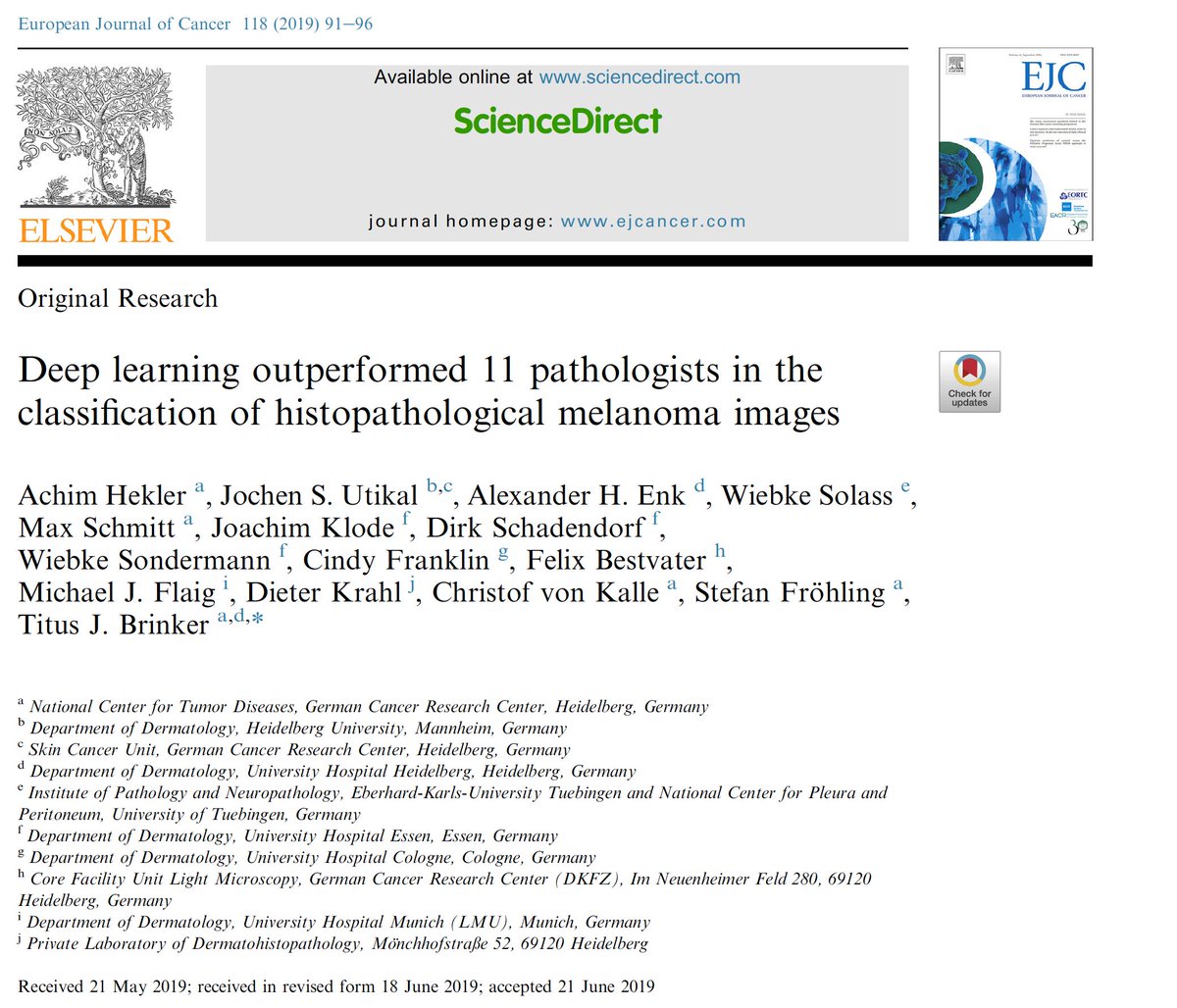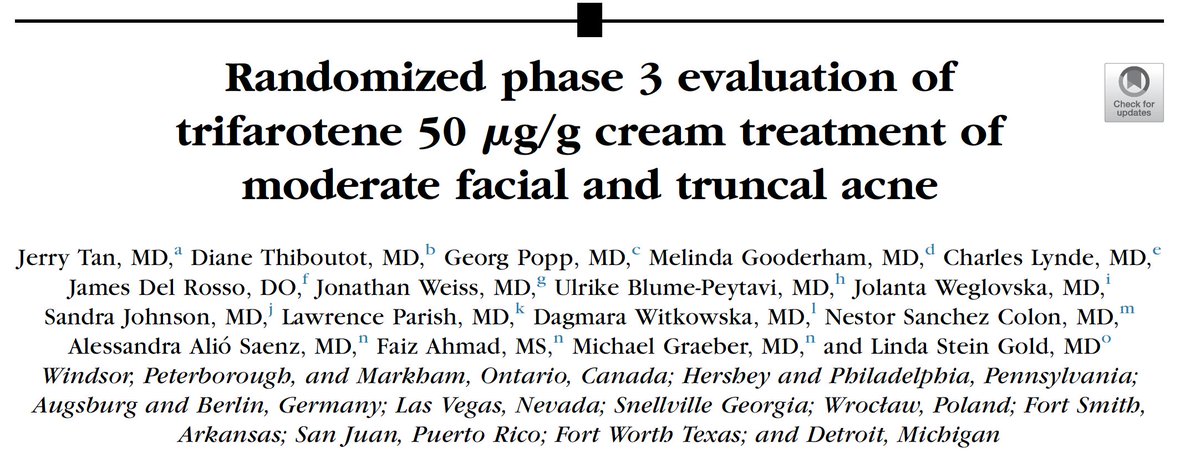
This tweet got a bit derailed by the attempted coup yesterday...but Gil Welch, @BenMazer and me in this week's @NEJM where we explain how UV exposure CAN'T explain the rapid rise in melanoma which is likely an epidemic of diagnosis and NOT disease nejm.org/doi/full/10.10… THREAD👇🏾 

I’m somewhat nervous about the reaction from dermatologists (i.e. my medical tribe). But here goes nothing…let’s dive right in!
Relative to 1975, the incidence of cutaneous melanoma has increased SIX-FOLD! This is in contrast to non-cutaneous melanoma (e.g. ocular, oral, nasal, anal) which has been stable. For context, thyroid cancer is 3 times as high and breast cancer 1.5 times as high. 

This explosion in incidence HAS to be explained by some sort of exposure. But what exposure? The obvious candidate exposure is ultraviolet (UV) radiation.
In a highly cited publication from 2018 authors estimated that >95% of melanomas were caused by UV exposure!!! A larger proportion than SMOKING and LUNG CANCER. Is that really true or possible? See study here: acsjournals.onlinelibrary.wiley.com/doi/pdf/10.332… 





If you step back and look at all data examining the relationship between UV exposure and melanoma you find on balance, that UV exposure is a WEAK risk factor with a Relative Risk (RR) of ~ 2. Meaning, on average, getting a lot of sunburns doubles your risk of melanoma.
Let me pause and say, that I am NOT suggesting UV exposure doesn’t increase your risk of melanoma or public health messages to light skinned people about this are wrong. I’m making this crystal clear here.
BUT you have to ask yourself, can a weak risk factor with an (RR) of 2 explain a SIX-FOLD increase in melanoma incidence across the US?
Let’s do some basic epidemiology…The effect of a risk factor on the observed incidence of cancer is a function of two variables:
(1) the strength of the association (i.e., the magnitude
of the relative risk) and,
(2) the change in the proportion of the population exposed
(1) the strength of the association (i.e., the magnitude
of the relative risk) and,
(2) the change in the proportion of the population exposed

This relationship is best understood by considering a thought experiment that uses a familiar example, lung cancer. Cigarette smoking is STRONGLY related to lung cancer, with a relative risk of approximately 20.
Holding all other factors constant, lung cancer incidence would remain stable if the proportion of the population smoking remained stable. If no one smoked initially and everyone subsequently adopted the habit, then the incidence would be expected to rise by a factor of ~ 20 

Now let’s apply the same logic to UV exposure and melanoma. If in 1975 nobody had a history of blistering sunburns, but by 2017 EVERYONE had a history of sunburns. This is what the trends should look like. See Panel B (and notice how different it is from Panel A – lung cancer). 

The difference between the two risk factors and their relationship to incidence are an order of magnitude different. HUGE! There is no comparison!
Even under the most ABSURD assumption of widespread sunburning across the US, there is a huge gap in observed versus expected incidence. Either scientists are missing a POWERFUL risk factor that is rapidly permeating the population or alternative explanations must be sought. 

Gil and I tried to get variations of the above findings published for over a year! We submitted to nearly 15 journals. We weren’t told we were wrong, but in the few instances we got feedback, we were told our message had potentially dangerous public health consequences.
For those that follow me on this bird app, does this sound familiar? Questioning dogma, being honest about magnitude of risk, and seeking the truth is now…dangerous…See:
https://twitter.com/AdeAdamson/status/1339355156358582277
Undeterred, we huddle together and recruited a brilliant pathologist @BenMazer whom by the way I’ve only interacted with via Twitter and expanded the story.
The three of us then set off on a journey to answer the question: if UV exposure can’t explain the melanoma epidemic, then what can?
We believe its diagnostic scrutiny – the combined effect of more screening, falling clinical thresholds to biopsy pigmented lesions, and falling pathological thresholds to label the morphologic changes as cancer.
We show the more you biopsy, the more you find melanoma. See Panel A where incidence of melanoma among >65 year olds increases with increasing proportion of Medicare beneficiaries biopsied. In Panel B, thresholds for pathologists diagnosing melanoma have decreased over time. 

🚨 Diagnosis of melanoma in situ has become really common; the incidence of melanoma in situ is now 50 times as high as in 1975. And most concerning, despite a six-fold increase in melanoma incidence, mortality has remained flat (Panel B). This is pathognomonic for overdiagnosis. 

Even more provocatively, the lack of any appreciable effect in reducing the occurrence of invasive melanoma suggests that melanoma in situ is not a regular precursor — much less an obligate precursor— of invasive melanoma!!!
Today over 90% of melanoma are now thin (<1.0 mm in thickness). An undetermined proportion of those are overdiagnosed, but according to a modeling study in Australia, the figure could be as high as 58%! ncbi.nlm.nih.gov/pmc/articles/P… 

Driven by a fear of missing cancer, medicolegal concerns, and patient anxiety, biopsy rates and falling pathological thresholds to label cancers has led to overdiagnosis. This is all understandable, but we must do something to break the cycle seen here! 

We suggest a path forward including several recs:
1) Curtail self-referral of skin-biopsy specimens for histologic examination
2) Pathologists could pursue linguistic de-escalation for melanoma in situ
3) Dermatologists and PCPs need to work to raise their threshold to biopsy
1) Curtail self-referral of skin-biopsy specimens for histologic examination
2) Pathologists could pursue linguistic de-escalation for melanoma in situ
3) Dermatologists and PCPs need to work to raise their threshold to biopsy
4) Limit the use of dermoscopy which has probably lowered thresholds to biopsy
5) Temper enthusiasm for artificial intelligence driven diagnostics
6) Stop population-based melanoma screening, limit to high-risk populations
5) Temper enthusiasm for artificial intelligence driven diagnostics
6) Stop population-based melanoma screening, limit to high-risk populations
No doubt many in my tribe will have issues with what we outline in this article. However, to deny melanoma overdiagnosis exists is an increasingly untenable position. Let’s not put our head in the sand. What we need to do is discuss what if anything we should do about it.
Finally, I want to thank dermatologists @RobertSwerlick and Suephy Chen whose paper (published in 1997!!!) inspired my initial fascination with this topic. See here: pubmed.ncbi.nlm.nih.gov/9179141/ 

I know this thread was long but was it helpful?
Do you think this manuscript is a dangerous information for patients?
Do you think I need to worry about my career as a dermatologist?
• • •
Missing some Tweet in this thread? You can try to
force a refresh








